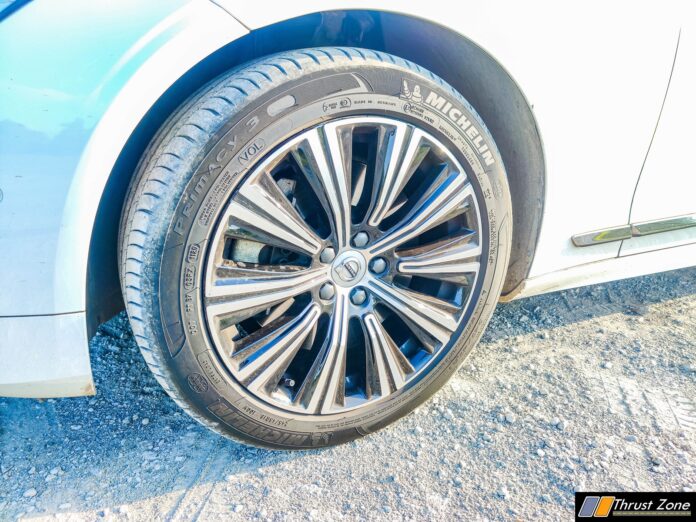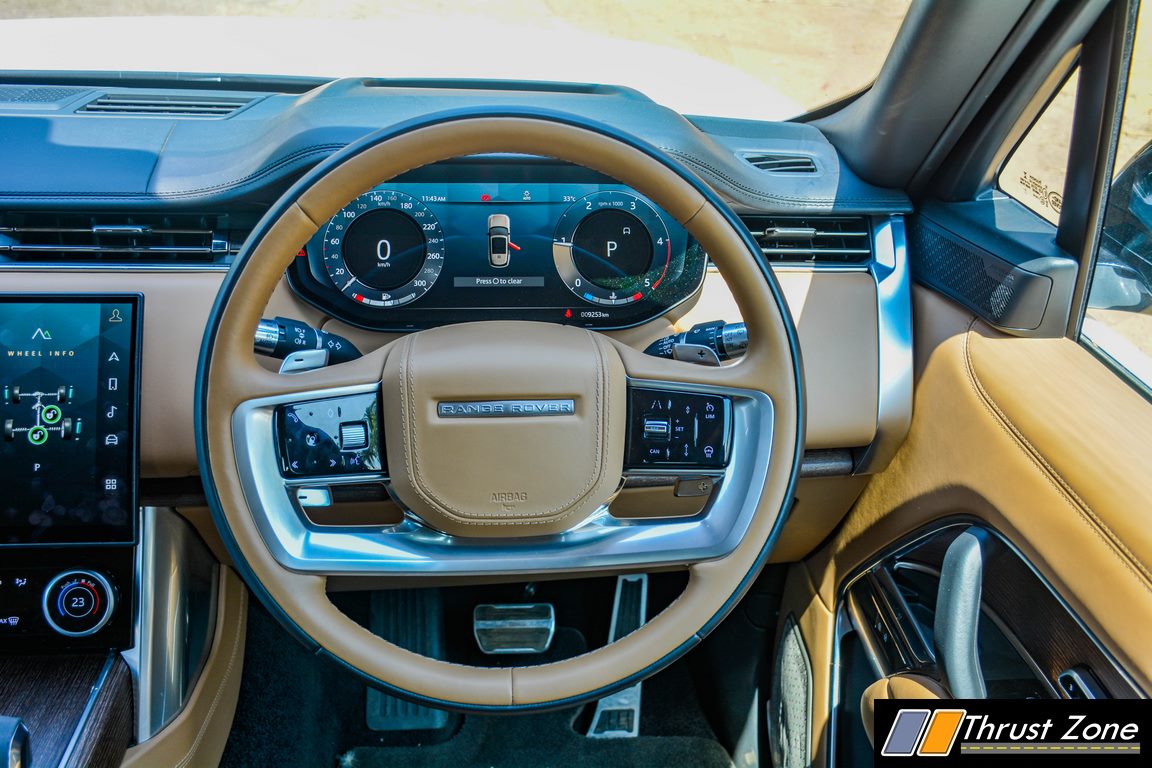In recent years, 3D printing technology has made significant advancements, revolutionizing various industries. But what about the automotive industry? Can you 3D print car parts in 2023? Let’s delve into this intriguing topic and explore the current state of 3D printing for car parts.
The Rise of 3D Printing in the Automotive Industry
The rise of 3D printing in the automotive industry has been a significant development, revolutionizing various aspects of car manufacturing. Here are some further details on the considerations for 3D printing car parts:
Material Strength and Durability
Ensuring the strength and durability of 3D printed car components is a primary concern. Traditional manufacturing methods, such as injection molding or machining, have established materials that meet the rigorous requirements of automotive applications.
While 3D printing materials have improved over time, including high-performance polymers and metal alloys, there are still challenges in achieving the same level of strength and durability as traditional methods. Ongoing research and development efforts aim to enhance the material properties to meet automotive standards.
Certification and Regulations
The automotive industry adheres to stringent safety regulations and standards to ensure the reliability and performance of vehicles. 3D printed car parts must undergo certification processes to meet these requirements.
However, the certification framework for 3D printed parts is still evolving, and industry-wide standards and guidelines are being developed. As the technology matures, the certification process will become more streamlined, ensuring the overall safety and compliance of 3D printed car parts.
Cost and Efficiency
Cost-effectiveness is a crucial consideration when deciding whether to adopt 3D printing for car parts.
While 3D printing offers advantages such as reduced tooling costs and customization capabilities, the cost of materials and printing time can still be higher compared to traditional manufacturing methods. The efficiency of the printing process, including speed and scalability, also impacts the feasibility of large-scale production.
However, as 3D printing technologies continue to advance and become more efficient, economies of scale and material innovations are expected to drive down costs, making 3D printing a more viable option for automotive applications.
The automotive industry has embraced 3D printing for various purposes, including prototyping, tooling, and even limited production of certain car components.
While the technology offers numerous advantages, there are still considerations that need to be addressed, such as material strength and durability, certification and regulations, and cost-effectiveness.
As research and development efforts progress, and the technology evolves, we can expect to see further integration of 3D printing in the automotive industry, transforming the way car parts are manufactured and ultimately shaping the future of automotive production.
How Long Does It Take To 3D Print?
The duration of 3D printing car parts varies depending on several factors. Here’s a more detailed exploration of the timeline and considerations involved:
Factors Affecting Printing Time
⦁ Complexity and Size of the Component: Intricate or larger parts typically require more time to print compared to smaller and simpler components. The level of detail and structural complexity can impact the printing time significantly.
⦁ 3D Printing Technology: Different 3D printing technologies have varying speeds. For example, some additive manufacturing processes like stereolithography (SLA) or digital light processing (DLP) can produce parts faster than others like selective laser sintering (SLS) or fused deposition modeling (FDM).
⦁ Chosen Material: The type of material used for 3D printing can also influence the printing time. Some materials may require additional steps or longer curing times, increasing the overall production duration.
Estimated Printing Times
The printing time for car parts can range from a few hours to several days or even weeks, depending on the complexity and size of the component. Here’s a general estimation:
⦁ Smaller Components: Printing smaller car parts, such as brackets or clips, may take a few hours to complete.
⦁ Medium-Sized Components: Parts like interior trim or panels can take anywhere from several hours to a day or more to print.
⦁ Larger or Complex Components: Printing larger or more intricate car parts, such as bumpers or engine components, can take several days or even weeks to complete, especially if high-resolution or multiple iterations are required.
Post-Processing Considerations
It’s essential to consider that printing time is just one aspect of the overall production process. After the 3D printing is complete, additional post-processing steps may be necessary to achieve the desired quality and functionality of the car parts. These steps can include cleaning, removal of support structures, curing or drying, and surface finishing.
Final Remarks
While 3D printing car parts has gained traction in the automotive industry, there are still considerations and challenges to overcome before it becomes a widespread practice. The printing time for car parts varies based on factors like complexity, size, printing technology, and material.
Post-processing steps contribute to the overall production timeline. As technology advances and materials improve, we can expect increased efficiency and reduced printing times. With further advancements, 3D printing has the potential to significantly impact the automotive industry, revolutionizing the way car parts are manufactured and customized.
The question of whether 3D printing car parts is possible in 2023 can be answered with a resounding “yes.” The automotive industry has witnessed significant advancements in 3D printing technology, allowing for the production of car components using additive manufacturing methods.
However, there are still considerations and challenges that need to be addressed before 3D printing becomes a widespread practice in the automotive sector.
Material strength and durability remain key considerations when it comes to 3D printing car parts. While the technology has made substantial progress in producing strong and durable components, there are still limitations compared to traditional manufacturing methods.
Ongoing research and development efforts are focused on improving the materials and optimizing the printing process to meet the rigorous requirements of the automotive industry.
Certification and regulations play a vital role in ensuring the safety and compliance of 3D printed car parts. Establishing industry-wide standards and guidelines for certifying 3D printed components is an ongoing process.
As the technology matures and gains wider acceptance, we can expect more streamlined certification processes and increased confidence in using 3D printed parts in vehicles.
Cost and efficiency considerations also factor into the feasibility of 3D printing car parts. While the technology offers advantages such as reduced tooling costs and customization capabilities, the cost of materials and printing time can still be higher compared to traditional manufacturing methods.
However, as the technology continues to evolve and economies of scale come into play, we can anticipate cost reductions and improved efficiency in the 3D printing process.
Overall, while 3D printing car parts has made significant strides and offers great potential, it is still in a transitional phase within the automotive industry. As technology continues to advance, materials improve, and certification processes mature, we can expect a greater integration of 3D printing in the production of car parts.
With ongoing innovation and collaboration between manufacturers, engineers, and researchers, the future of 3D printing in the automotive industry looks promising, paving the way for more efficient, customized, and sustainable car manufacturing processes.



